Inevitable trend
Developing underground works and exploiting underground space is an inevitable trend and a necessary criterion to measure the level of modernization of urban development. Underground space, especially urban underground space, is considered by many countries as a valuable natural resource that helps solve the difficulties caused by the lack of land surface for construction and use. For example, in Singapore, in recent years, this country has moved many public works, factories, offices and warehouses underground to free up land area on the surface.
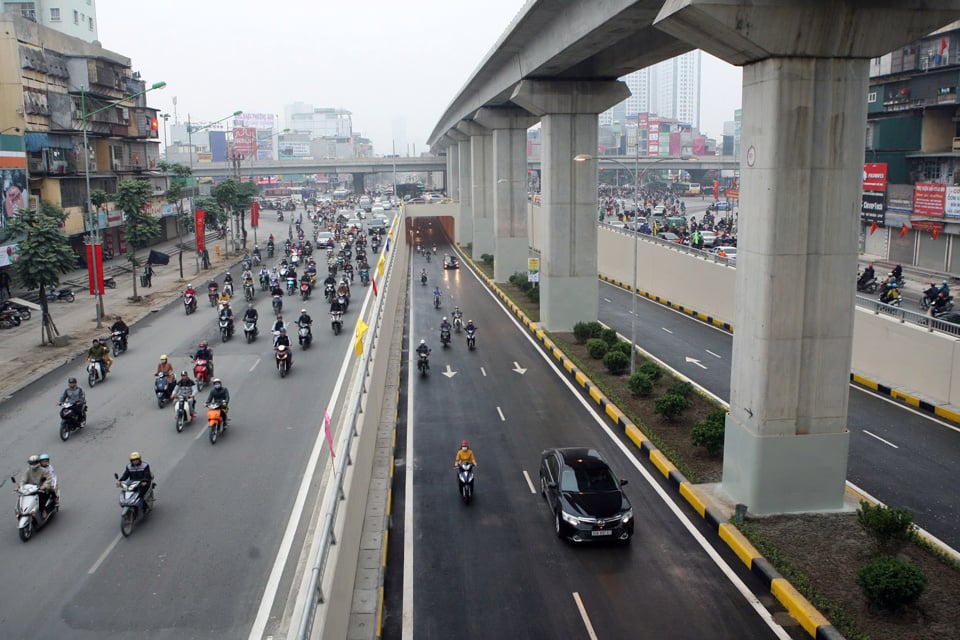
Ms. Nguyen Thi Phuong - Department of Localities I, Central Internal Affairs Committee shared that in Singapore, underground space near the ground surface is planned around "human-centered" activities, used for activities that require connection to the ground such as shopping malls, parking lots, traffic, walkways and urban utilities. While underground space at deeper levels will be used for utility tunnels, drainage systems in deep tunnels. Singapore's urban underground space development planning is feasible and meaningful, a method to increase land use efficiency and improve the quality of the living environment. Some typical underground construction systems of this country can be listed as: urban railway (of the 180km of urban railway, 82km is underground); roads (nearly 10% of Singapore's highway network is underground); tunnels (there are currently two major tunnel projects in Singapore, the Jurong Island Caves Project and the Underground Ammunition Depot Project).
In Japan, planning is considered a serious investment promotion program. Once the planning is completed, it will be widely announced to the public, especially regarding land use planning and infrastructure planning. The most special point in Japanese urban planning is that urban development programs stipulate that at least 40% of projects must be prioritized for local management and implementation. When the planning is established, it is necessary to consult the community many times, ensuring 70% voluntary approval before the planning is approved. In general, Japan's underground space system is planned for 3 groups of basic infrastructure projects: the first group includes gas, water, electricity, and telecommunications lines; the second group includes urban traffic works such as subways, underground roads, and underground parking lots; the third group is commercial service works such as underground shopping streets, etc.
According to many experts, the important thing here is that most underground spaces for public purposes do not go under houses or private buildings, but under public and common spaces. These underground structures are also built synchronously to avoid the situation of "digging up and filling up" many times. Accordingly, Japan divides underground spaces into different levels, commonly called "shallow underground" near the ground and "deep underground".
With the increase in urban population and rapid development of large cities, underground space is increasingly focused as a solution to address pressure on land use on the surface.
Master Nguyen Thi Phuong acknowledged that the exploitation of this resource in our country promises many benefits but also poses many challenges and difficulties, and it is necessary to have a legal framework and a complete solution for this problem. Because unlike the space on the surface, once exploited and used, the land cannot return to its original state, which means that underground space cannot be re-planned once implemented.
To make planning feasible
According to experts, a policy framework to support underground space development is an important factor. Associate Professor Dr. Nguyen Cong Giang - Hanoi Architectural University said that the first step to achieve this is to clarify ownership and usage rights of underground space. Clearly defining boundaries and scope of work for planners and developers will help avoid creating an atmosphere of risk, which can discourage investment and reduce the level of underground space usage.
In addition, the importance of coordination between above-ground and below-ground development, opportunities for co-location and depth considerations should be emphasized during the planning process. Finally, for planning to be feasible, accurate data must be available. This should include both general planning data and data specific to underground space such as geology.
Hanoi is facing many challenges in managing and using underground space in the context of increasingly developing urban areas. Therefore, for the first time, regulations on Management and Use of Underground Space are stipulated in the Capital Law in Article 19 of the Capital Law No. 39/2024/QH15. Through studying the experiences of Singapore and Japan, according to Master Nguyen Thi Phuong, the issue in implementing regulations on management and use of underground space in the Capital Law 2024 in the coming time is to urgently complete the system of legal documents related to management, exploitation and use of underground space.
At the same time, Hanoi needs to promptly organize a comprehensive and detailed underground space planning to achieve the highest efficiency in underground space and time, including: current status of underground space and development forecast, underground space development strategy; content, period, scale and layout, steps to implement underground space development, as well as specific locations of underground engineering, entrance and exit locations, heights of different parts, relationships between works, relationships with ground works and comprehensive arrangement of supporting projects, technical and economic indicators; types of works encouraged for underground construction, planning of construction depth depending on the characteristics of the works and preparing sufficient underground space funds for the future.
According to experts, Hanoi needs more synchronous and drastic solutions to focus on effectively implementing the Project "General planning of underground construction space in the central urban area - Hanoi City to 2030, vision to 2050, scale 1/10,000". Hanoi is the first locality in the country to complete this project, so it has many favorable conditions and capacity to implement new regulations.
The planning of underground construction space of the capital must focus on functional zoning for management, exploitation, use, ensuring reasonable, economical and effective land use; compatible and synchronous connection of underground works and between underground works and above-ground works; ensuring requirements on environmental protection and underground water resources, safety of underground works and underground parts of above-ground works.
According to experts, Hanoi needs to develop a national database on underground works; strengthen propaganda and dissemination of legal regulations in general and the 2024 Capital Law in particular related to the management and use of underground space. From there, all people are clearly aware of their rights and obligations, and agree to support when the city government implements underground works projects.
Source: https://kinhtedothi.vn/giam-ap-luc-do-thi-tao-da-phat-trien-ben-vung.html






![[Photo] Hanoi: Authorities work hard to overcome the effects of heavy rain](https://vstatic.vietnam.vn/vietnam/resource/IMAGE/2025/8/26/380f98ee36a34e62a9b7894b020112a8)

![[Photo] Multi-colored cultural space at the Exhibition "80 years of the journey of Independence - Freedom - Happiness"](https://vstatic.vietnam.vn/vietnam/resource/IMAGE/2025/8/26/fe69de34803e4ac1bf88ce49813d95d8)


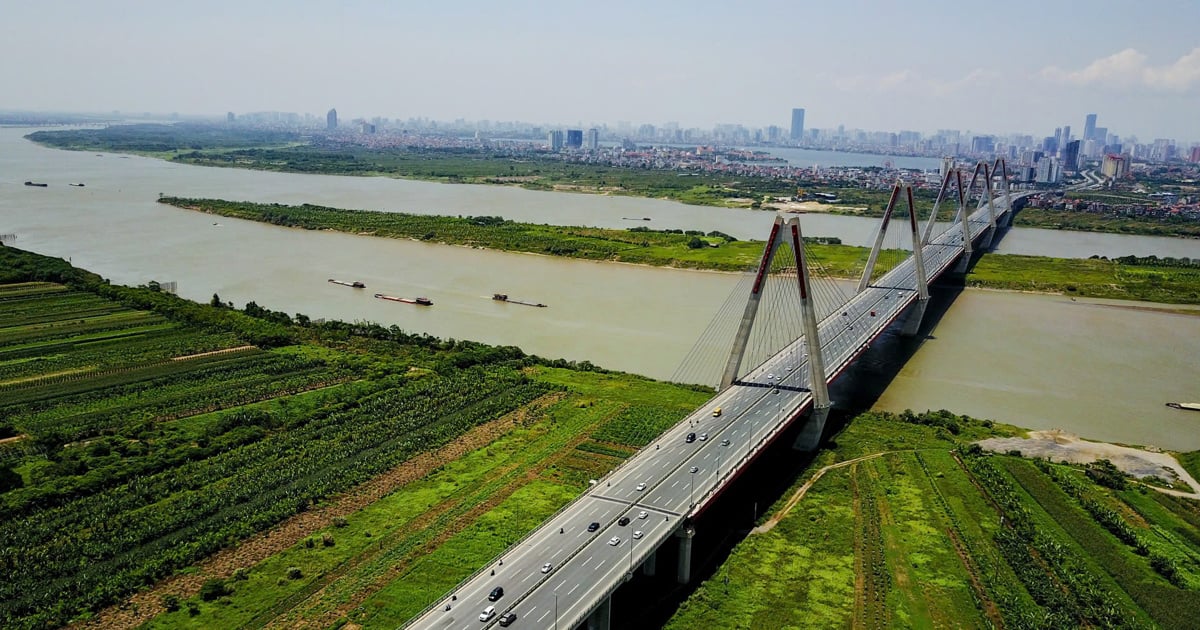
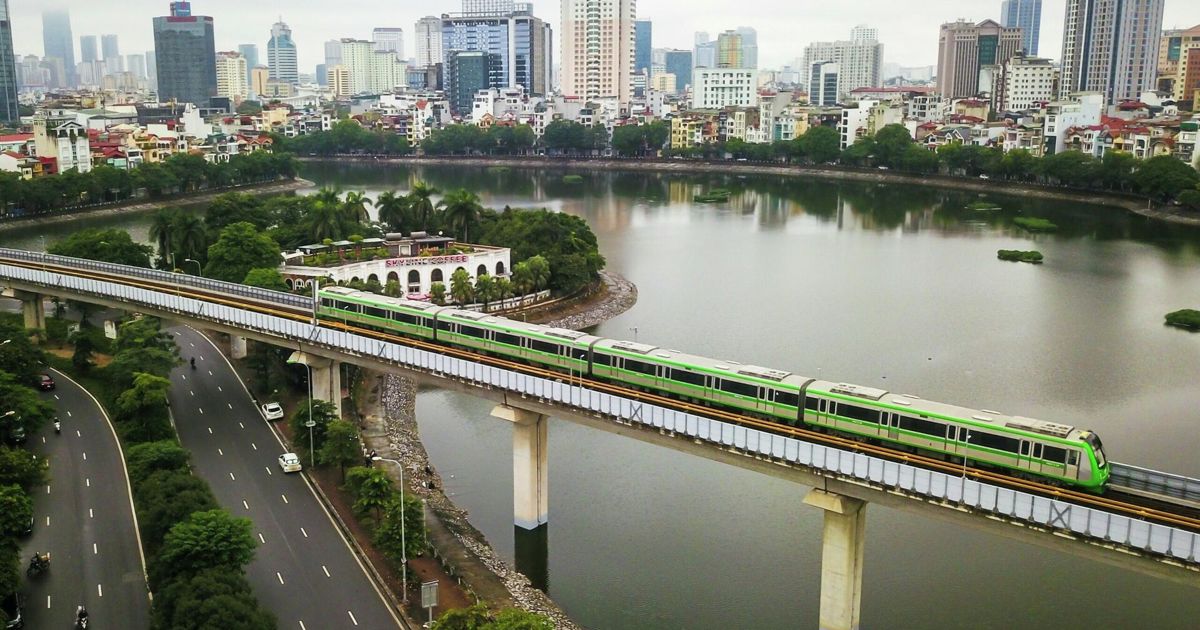
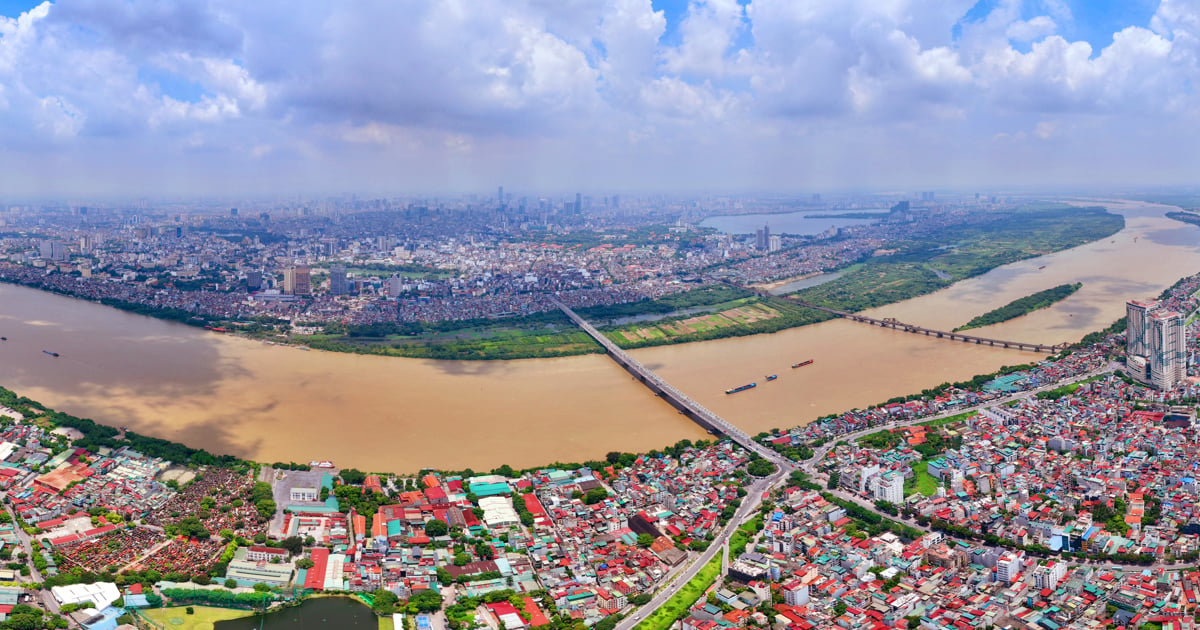
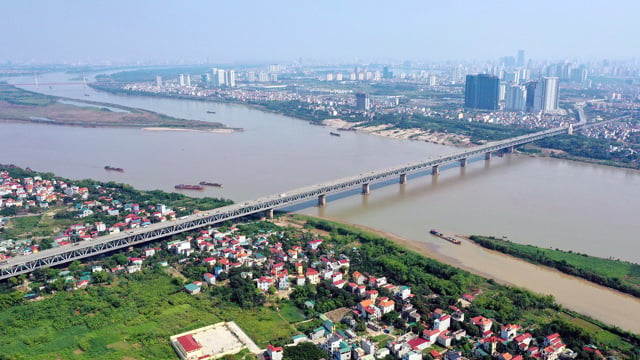
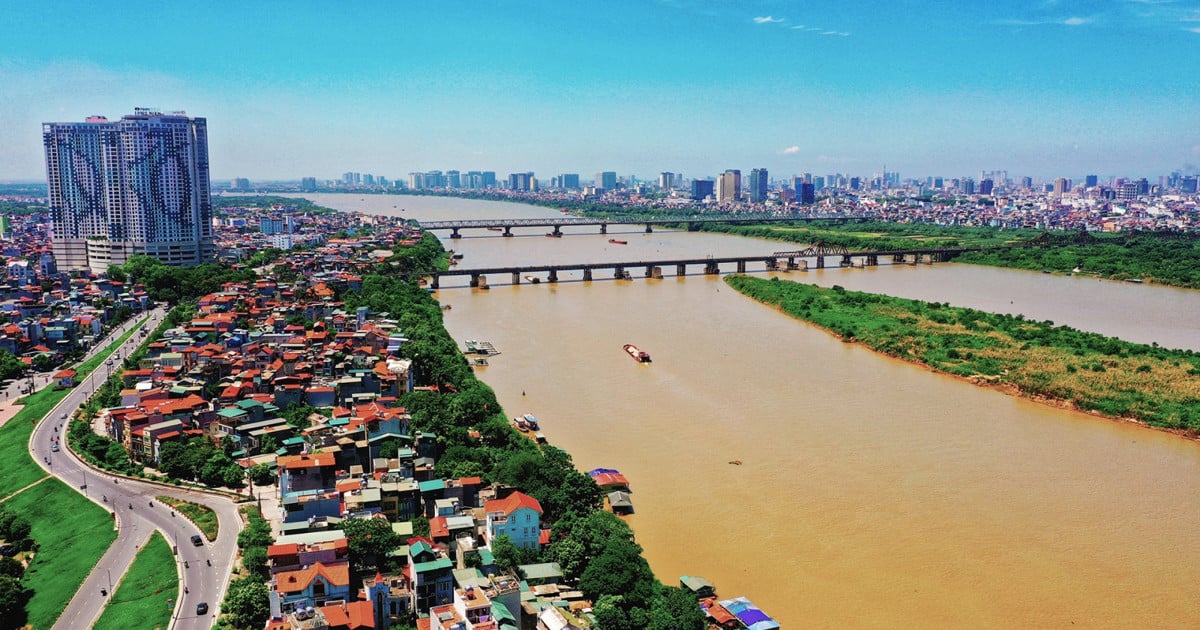


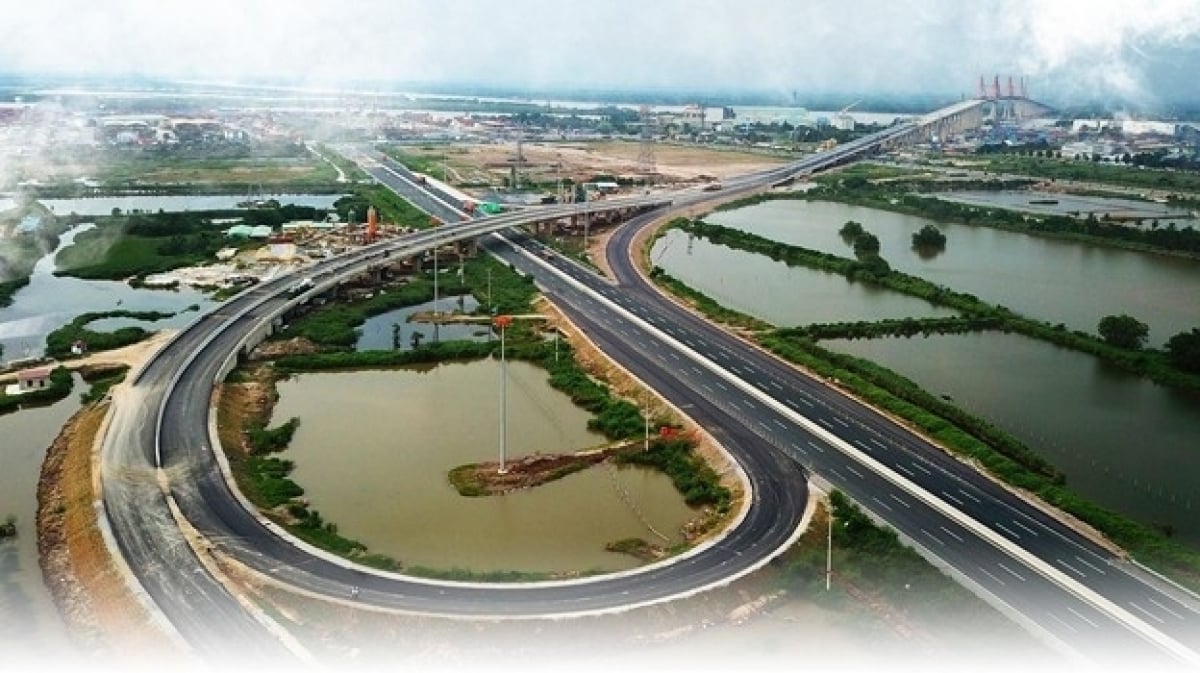


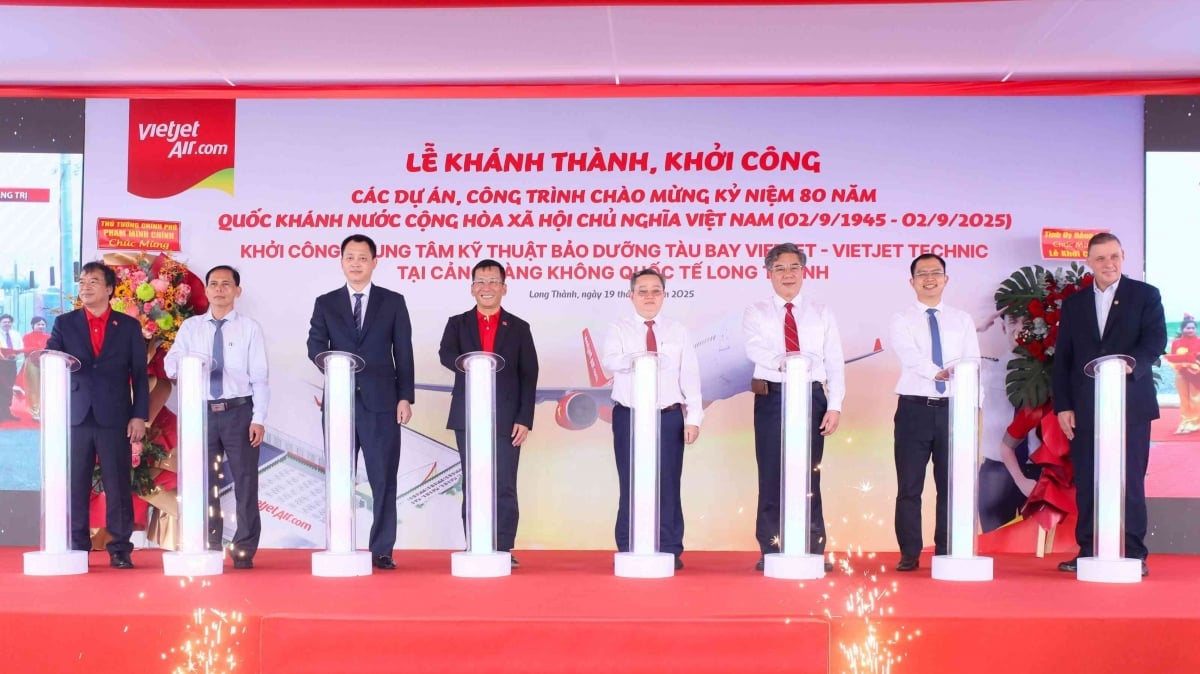





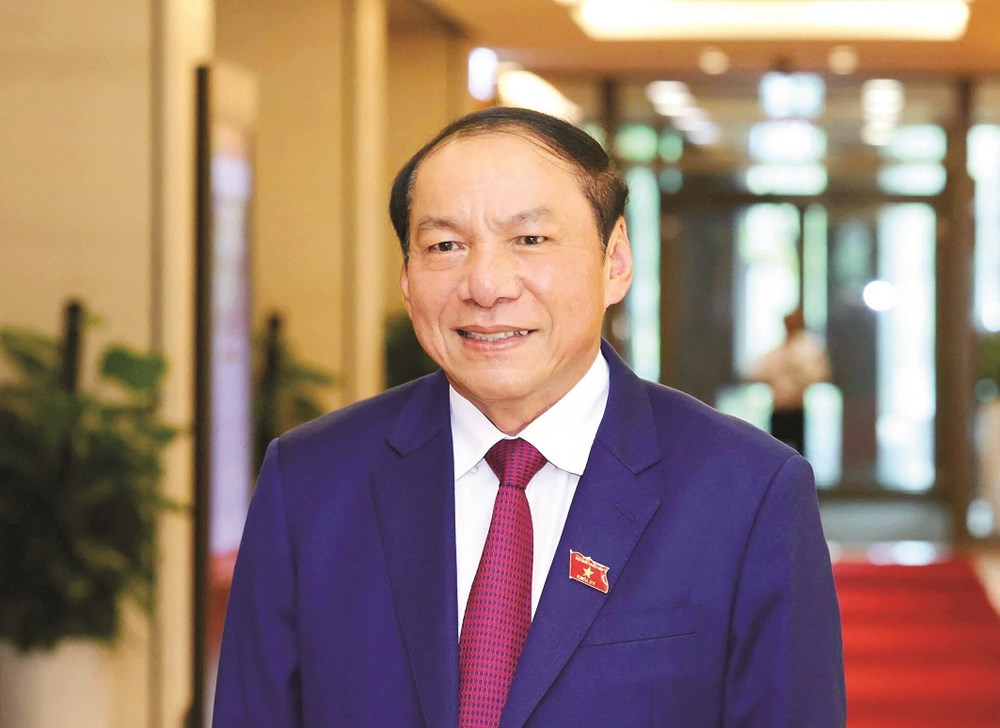
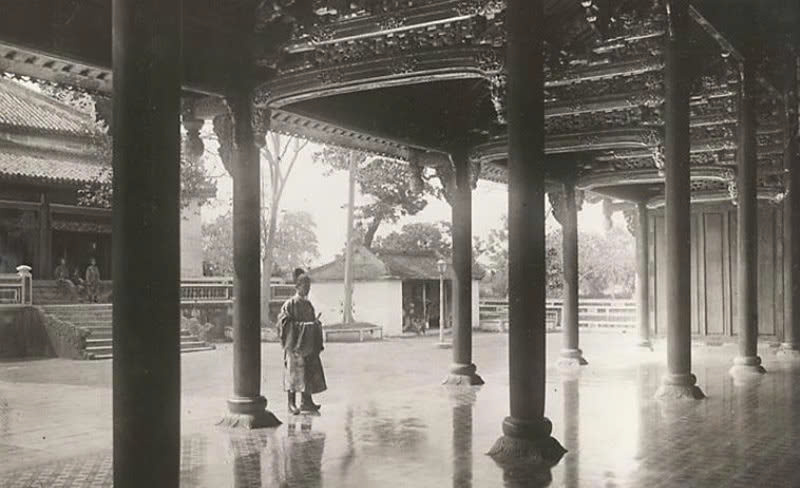

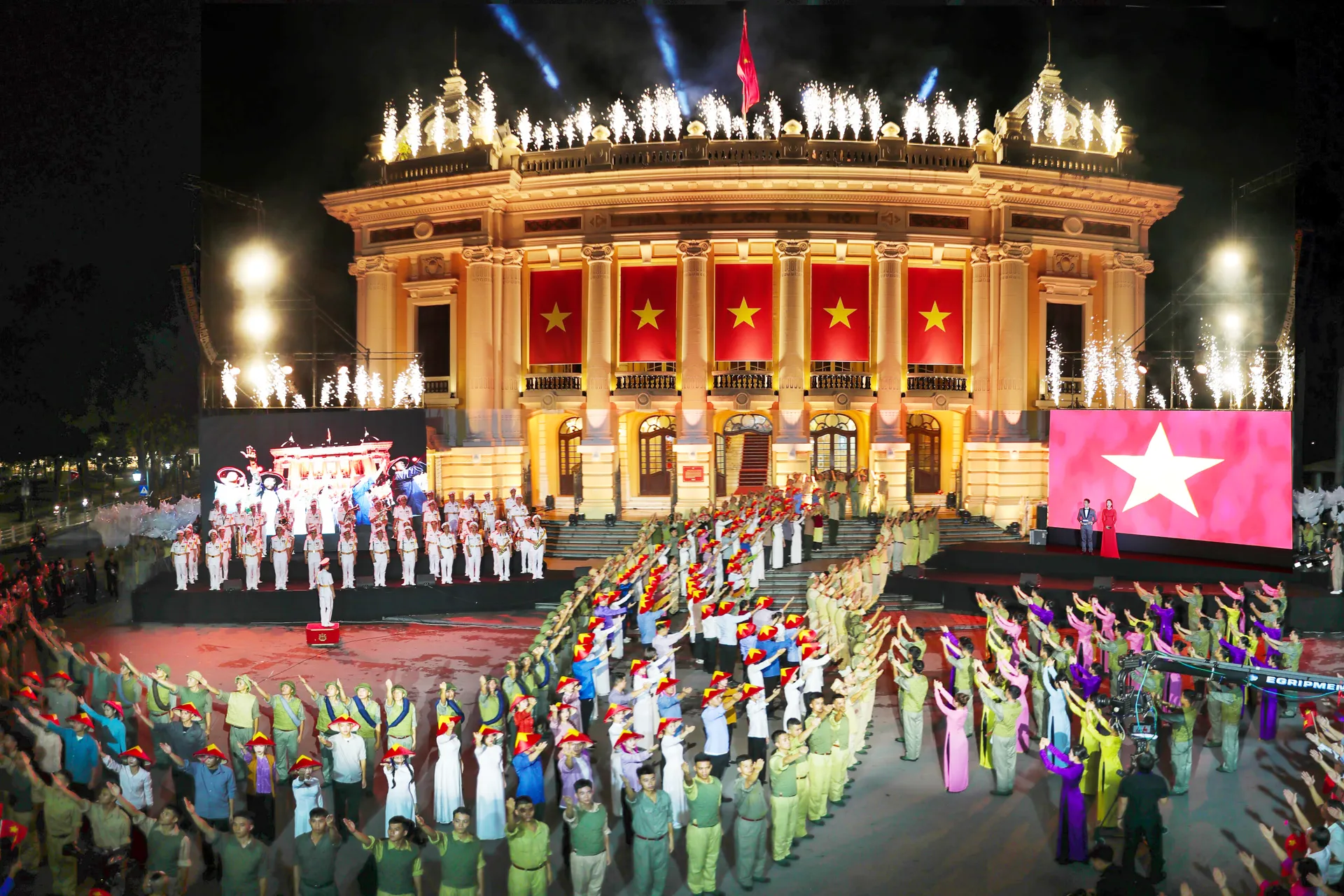




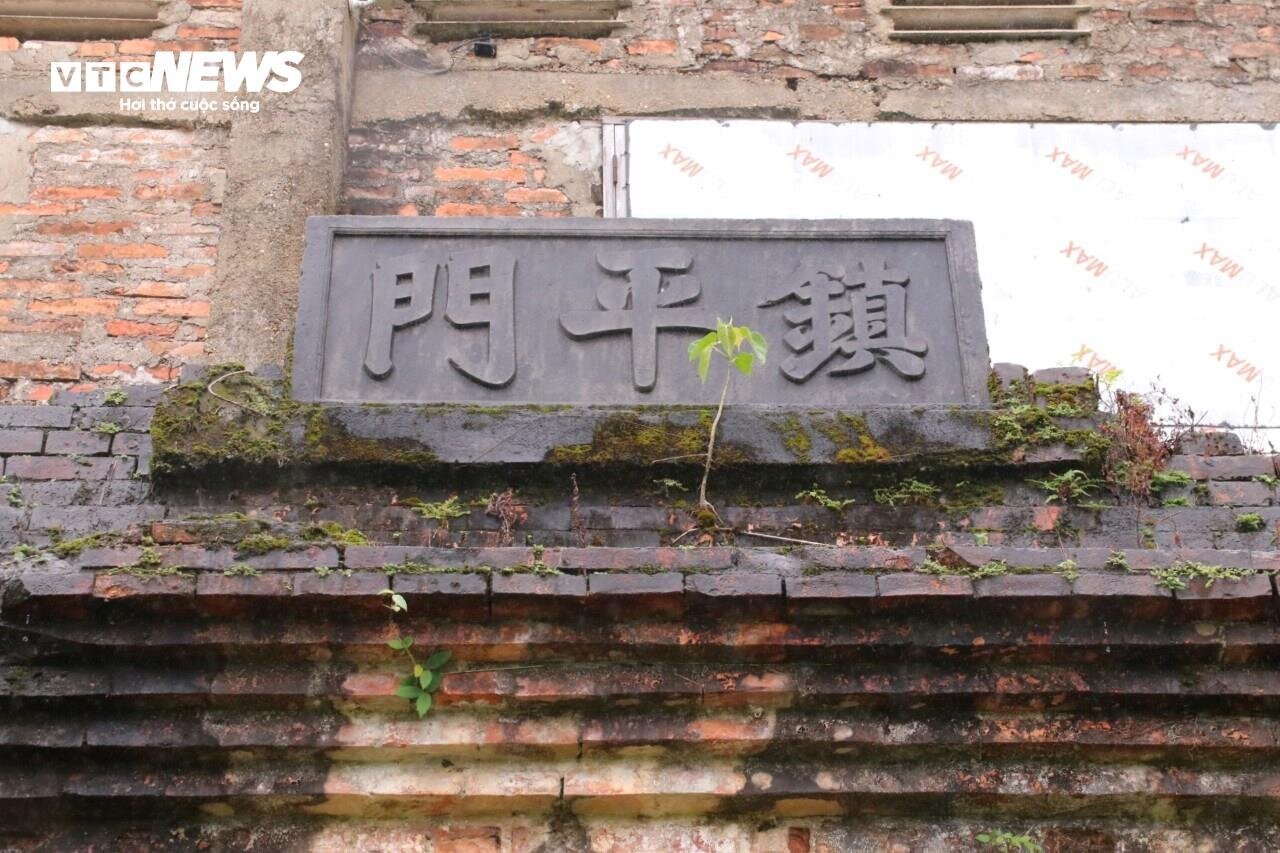



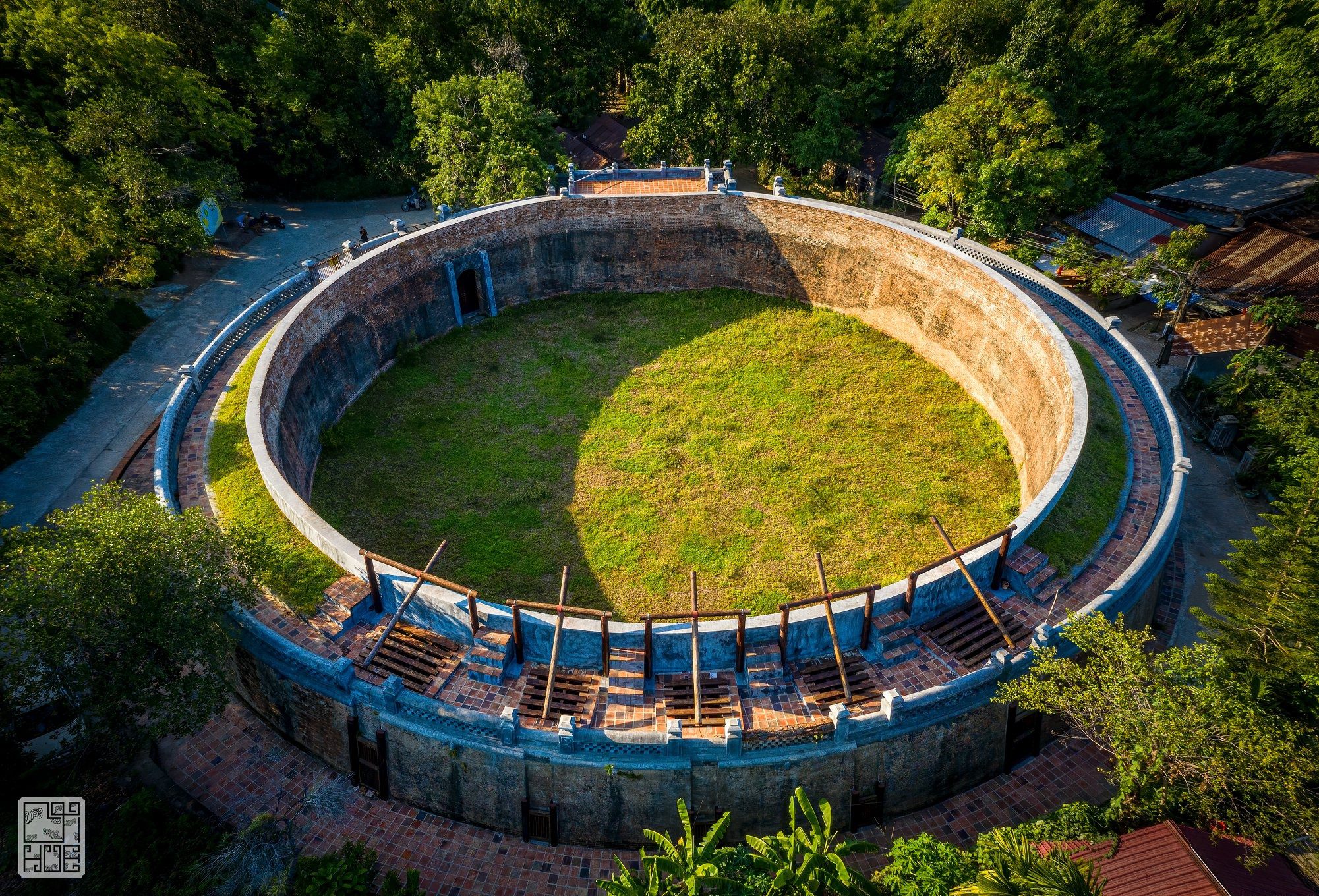

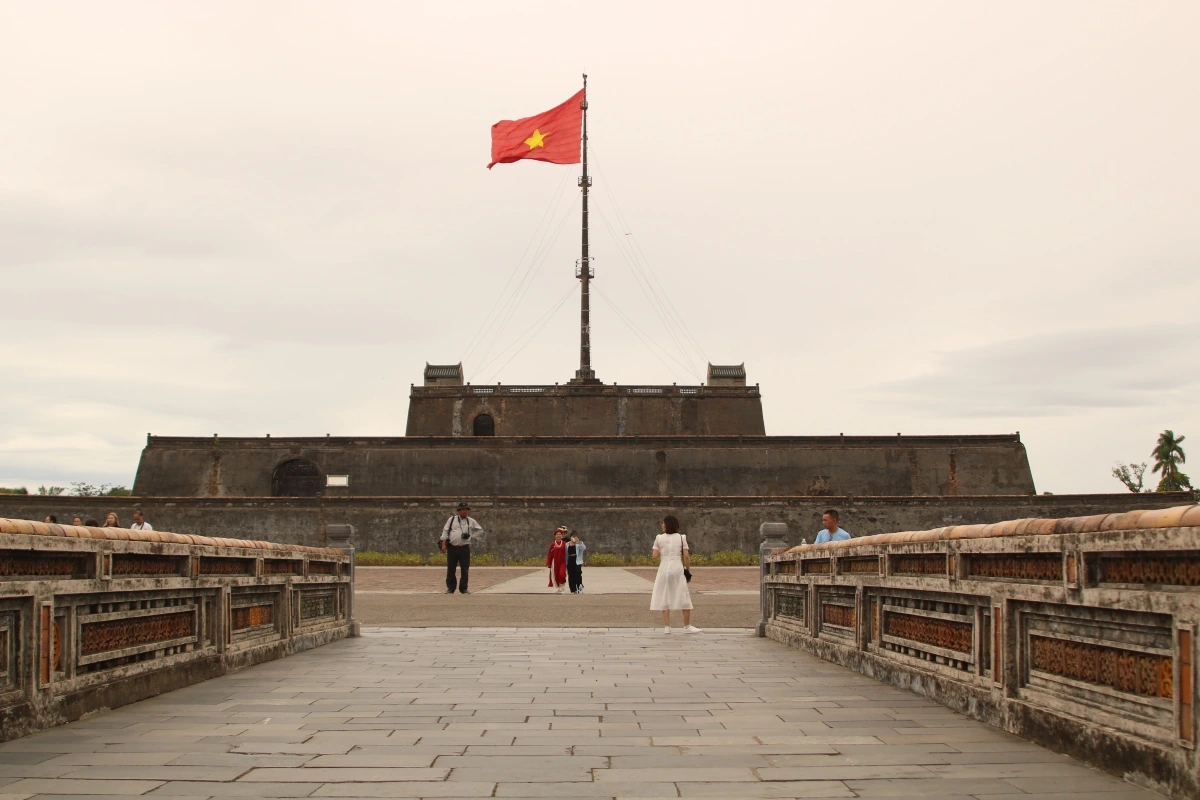

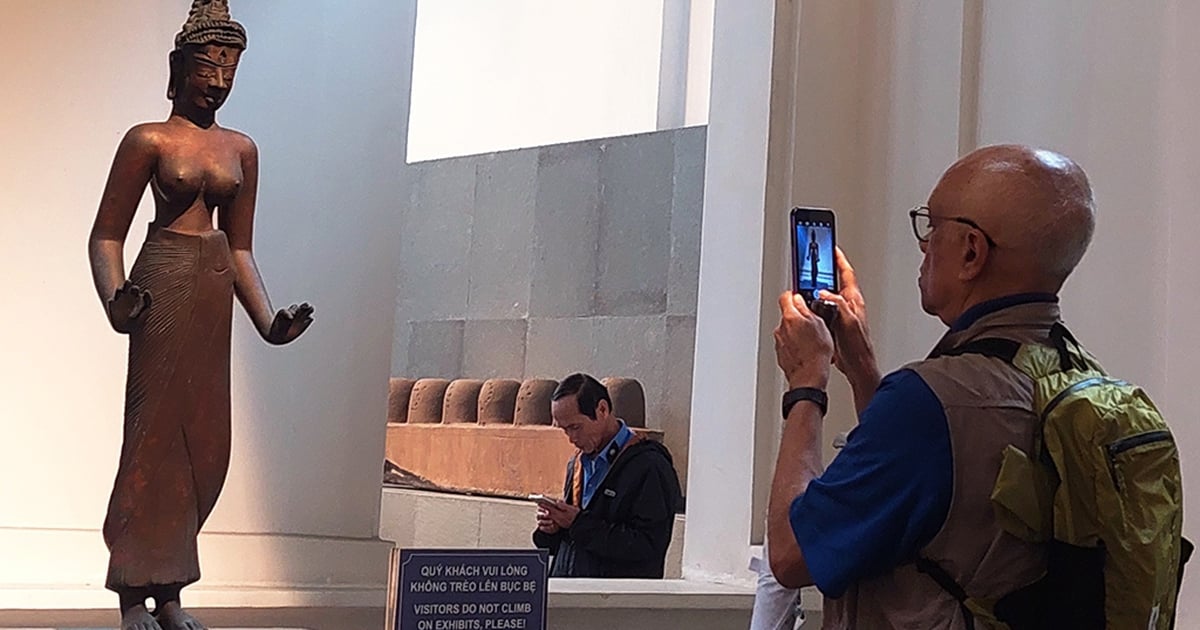

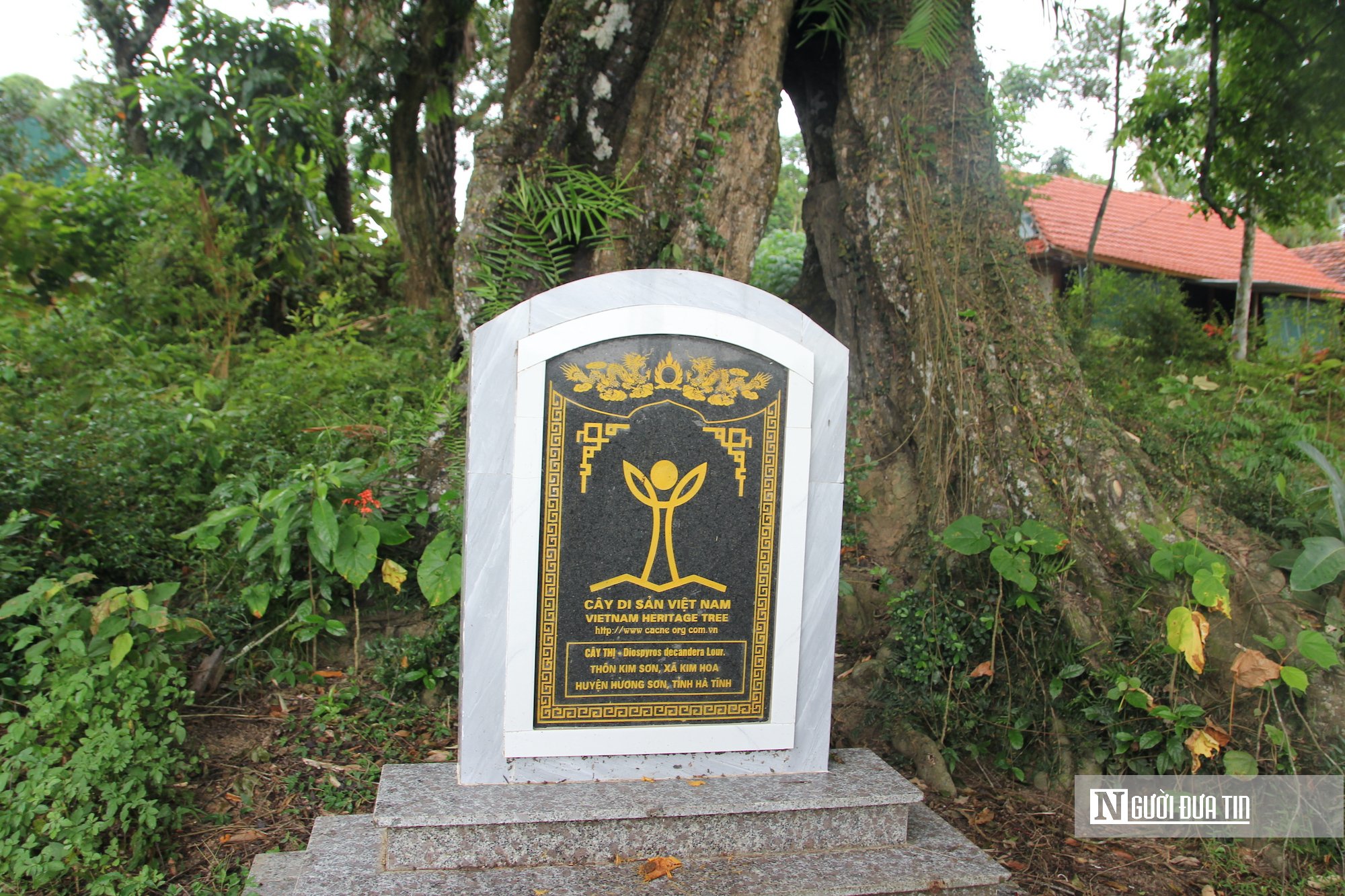

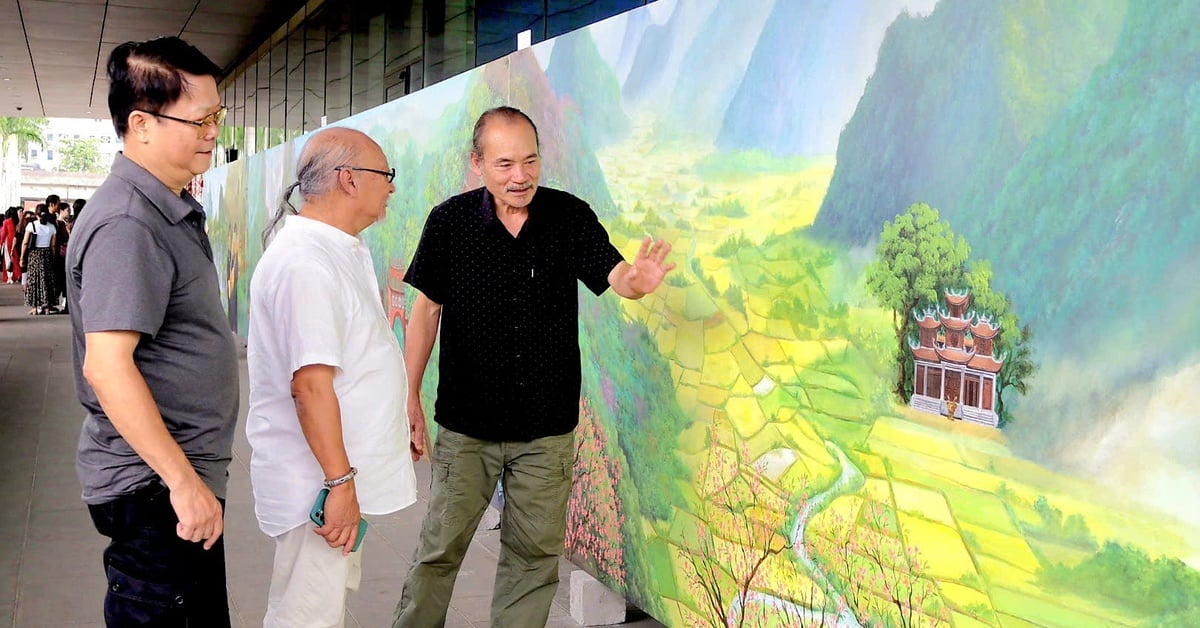








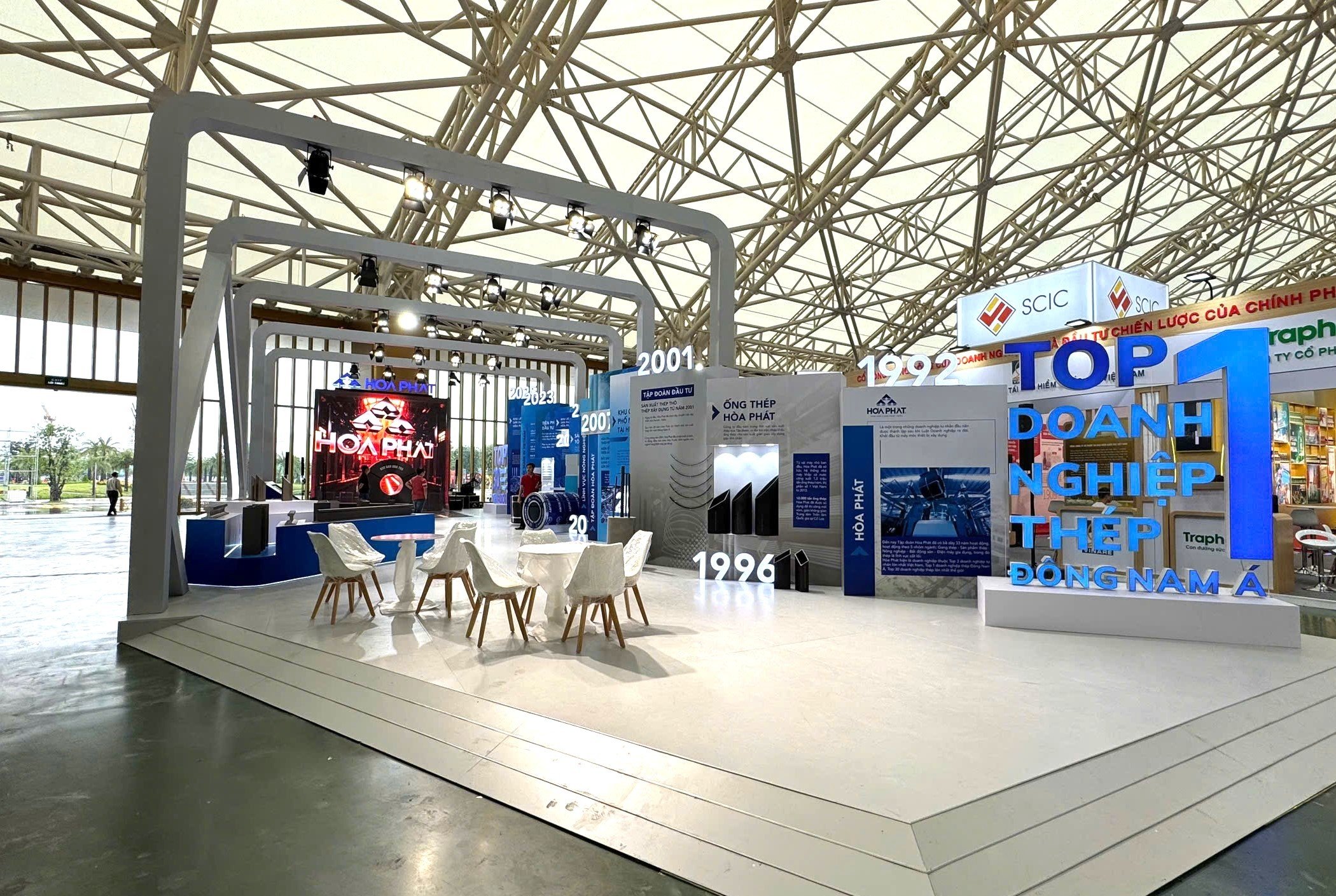

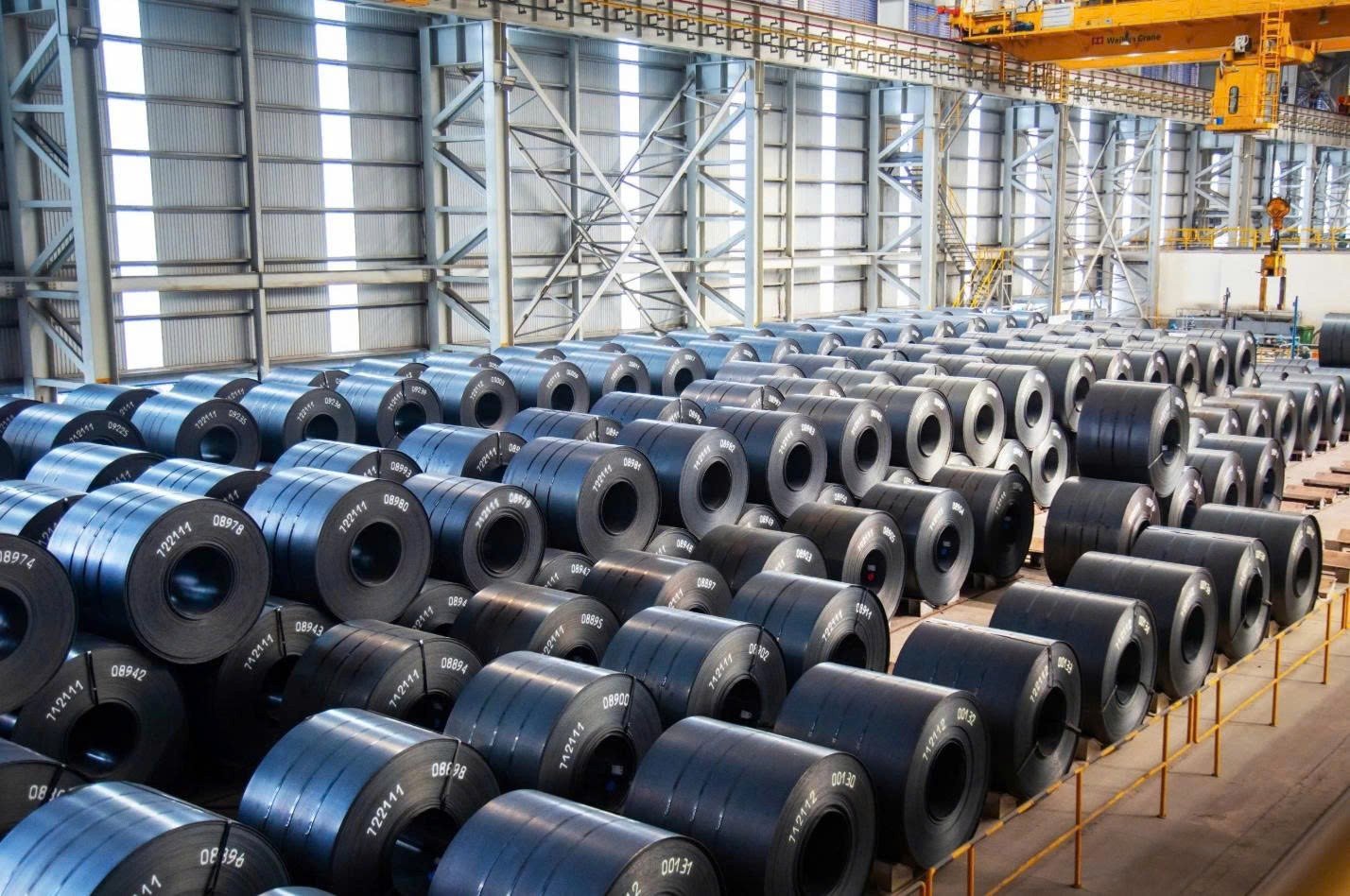


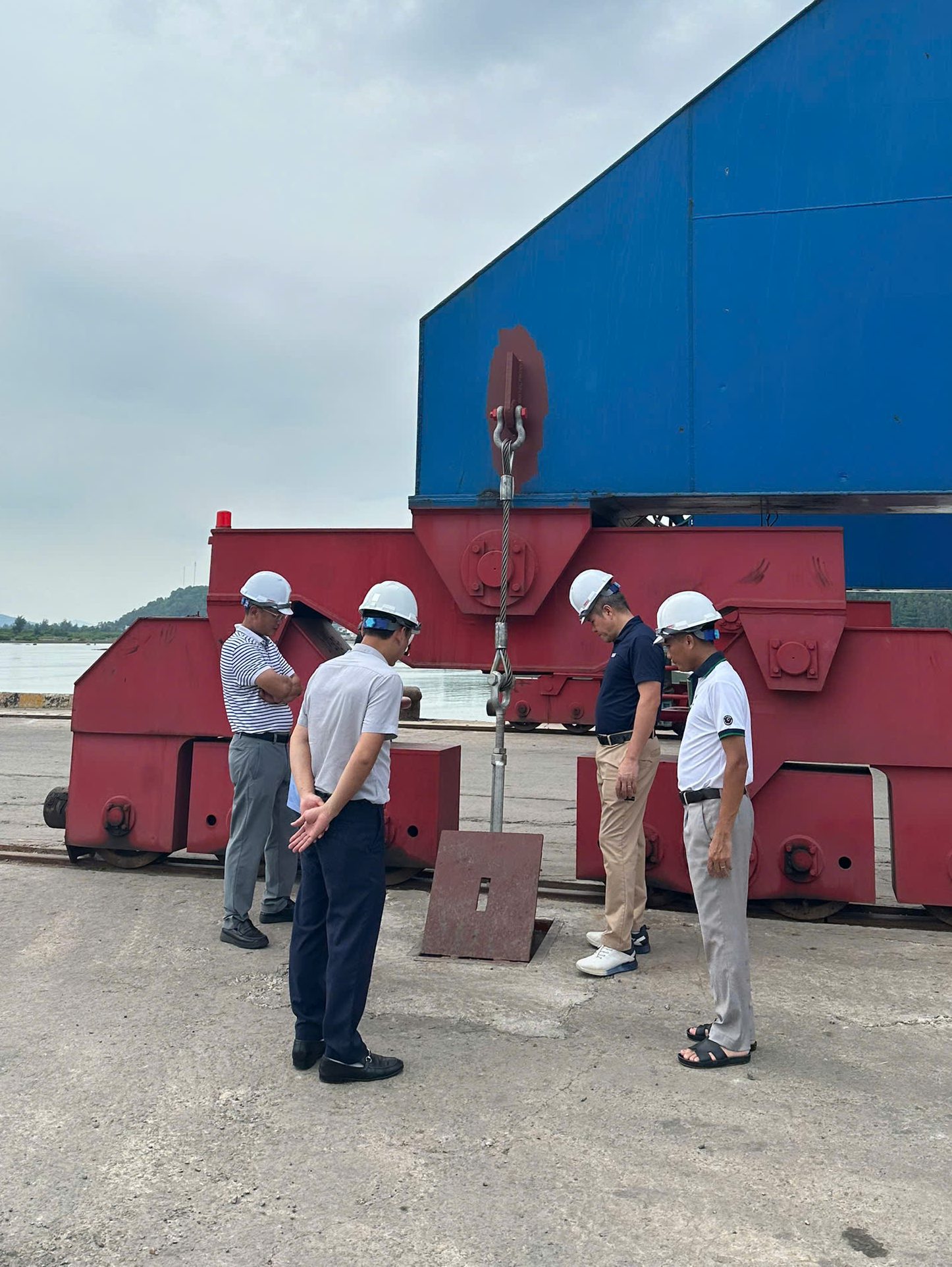



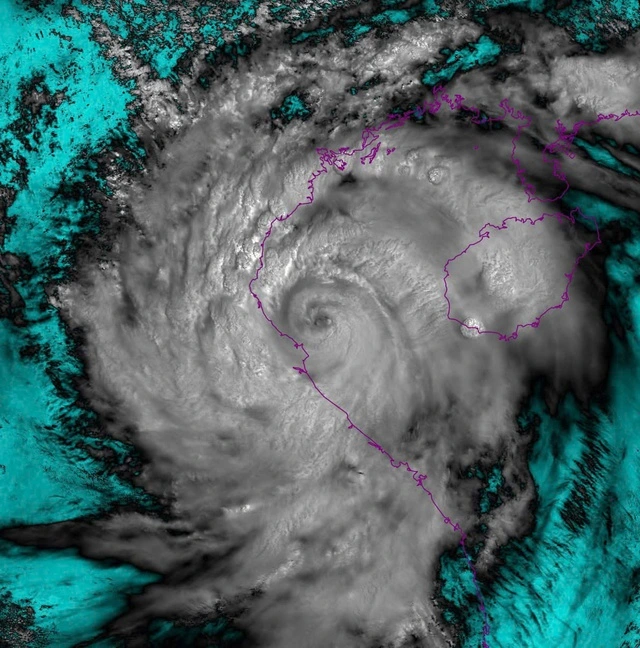


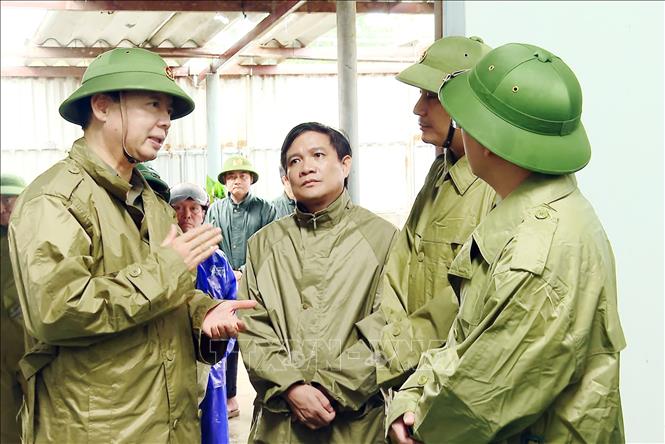

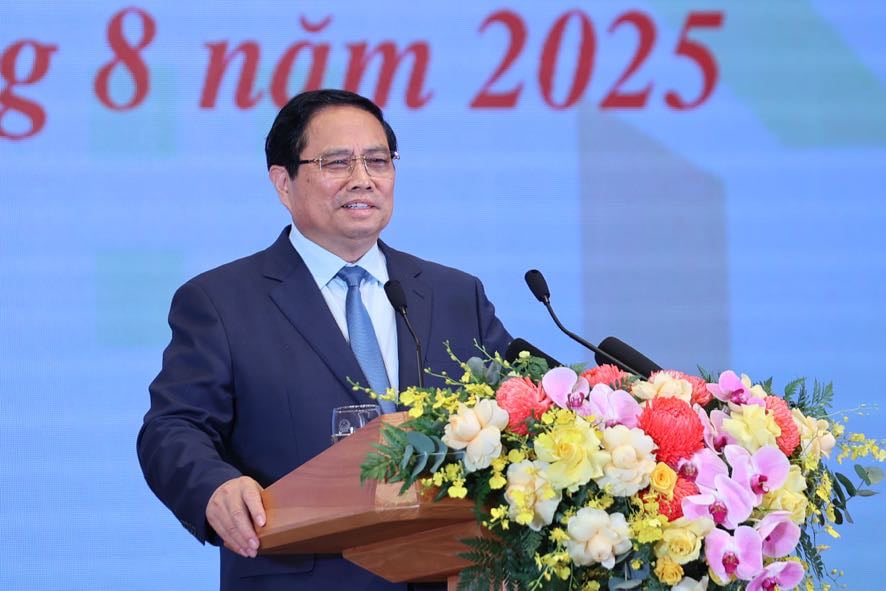
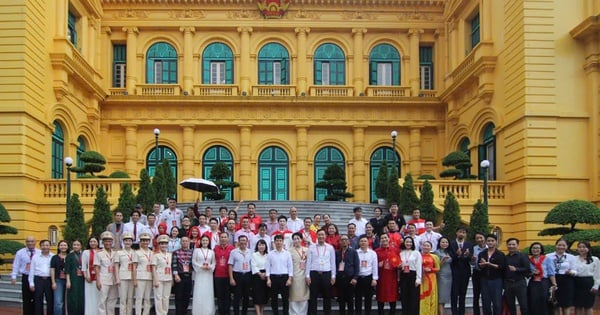

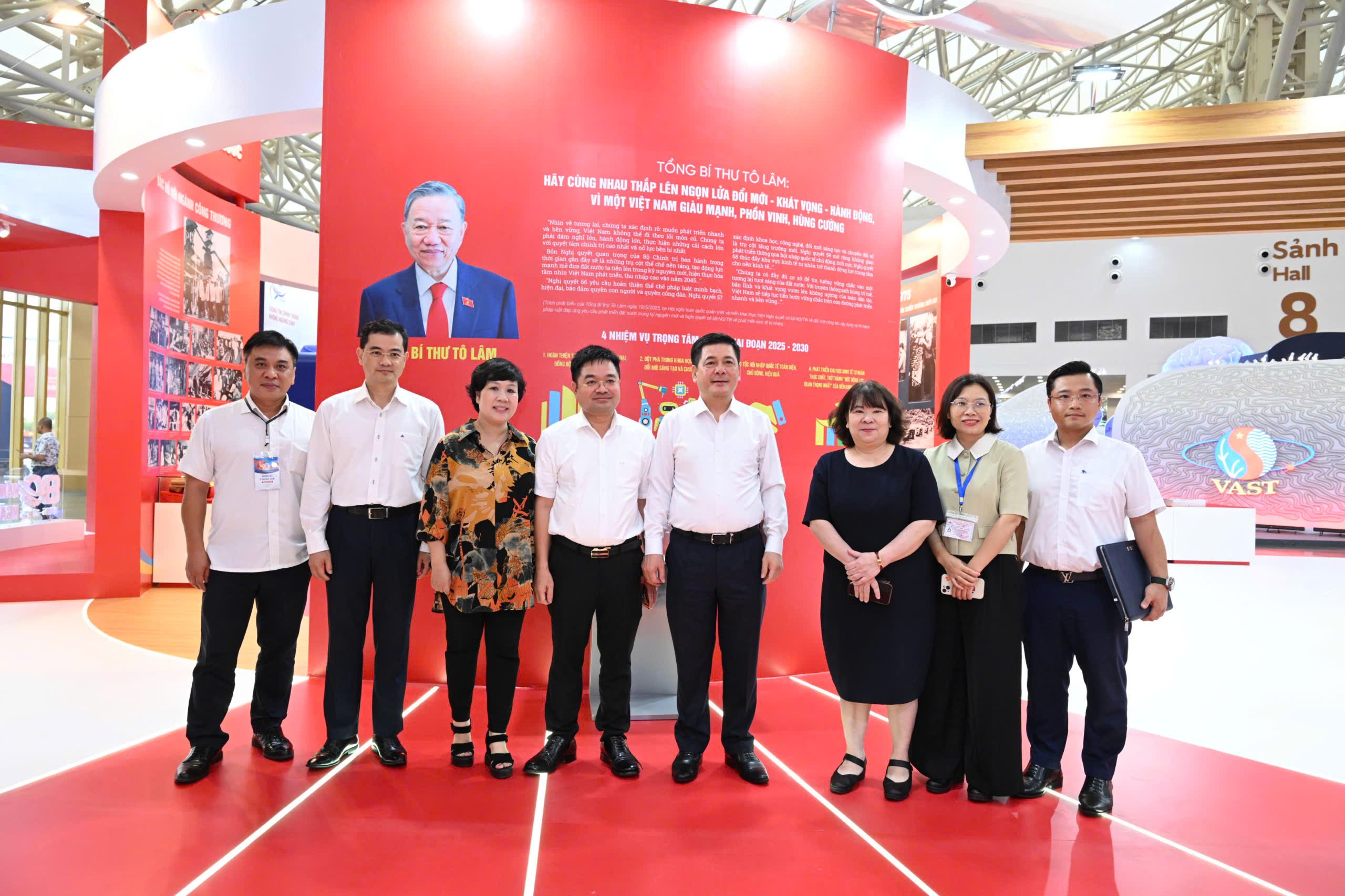

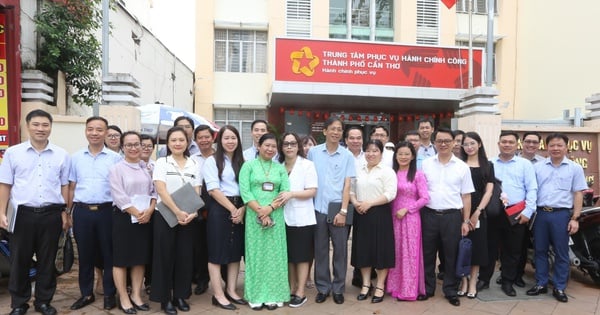

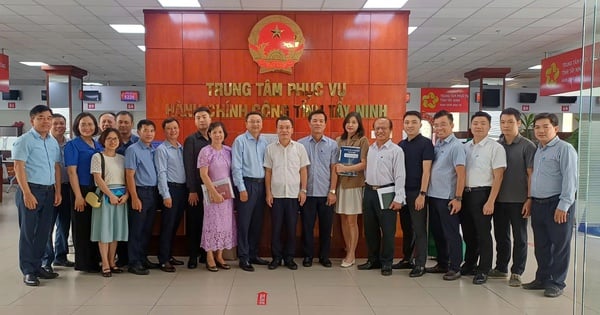




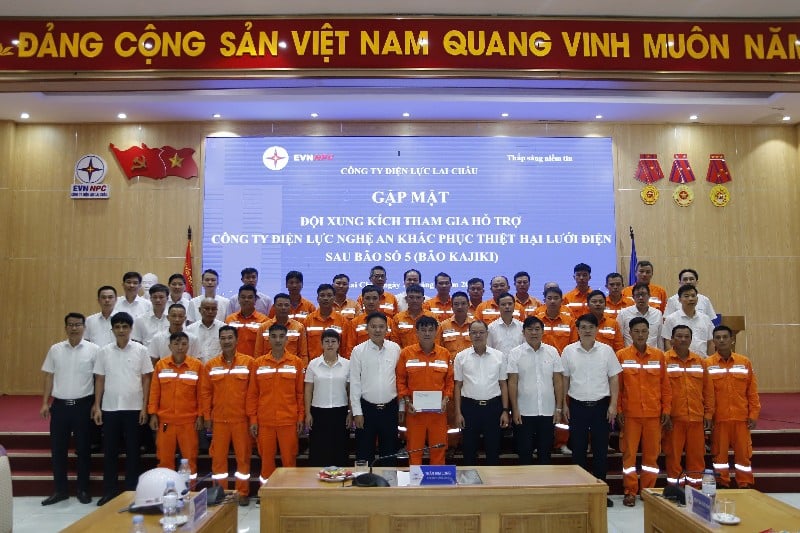

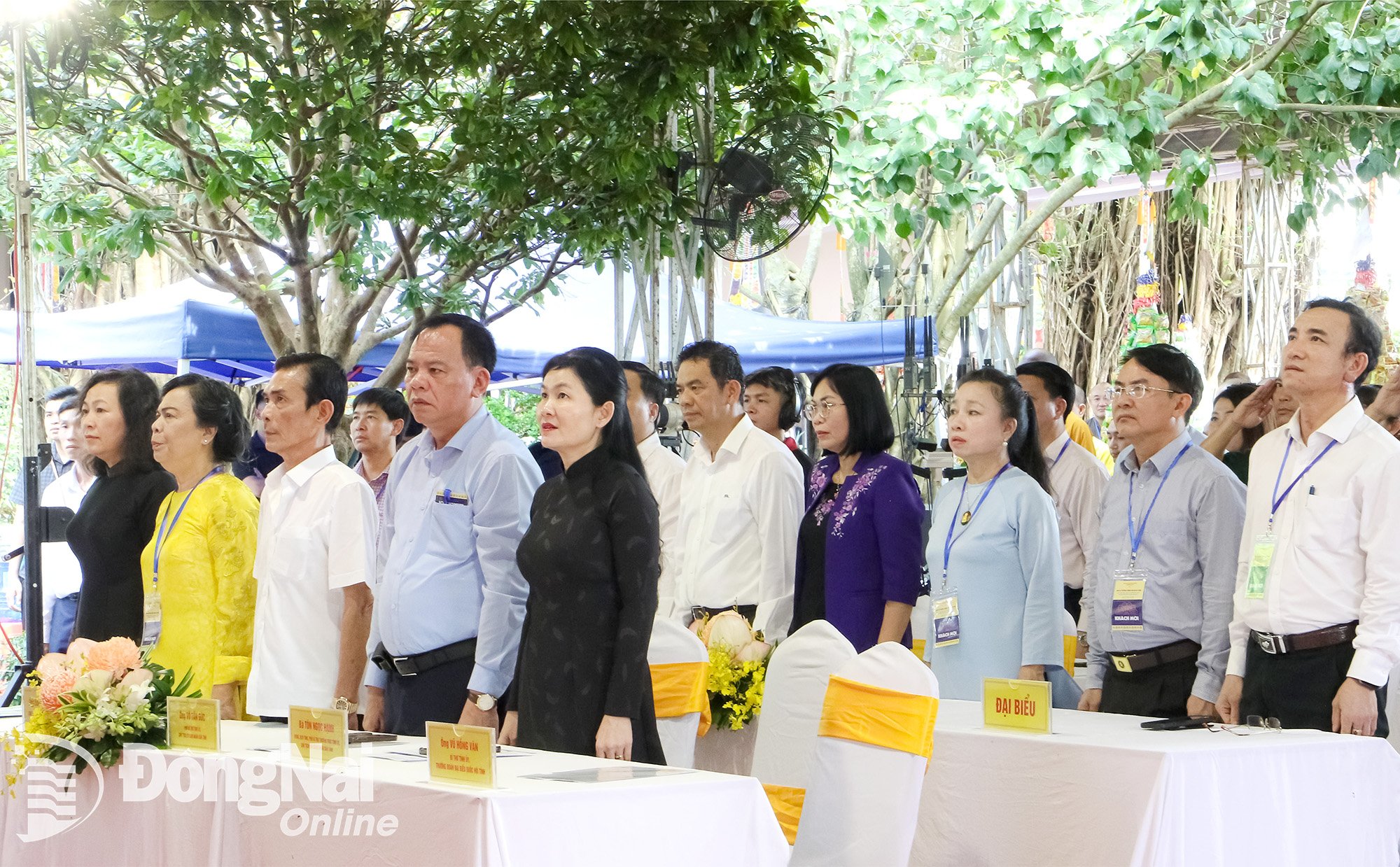

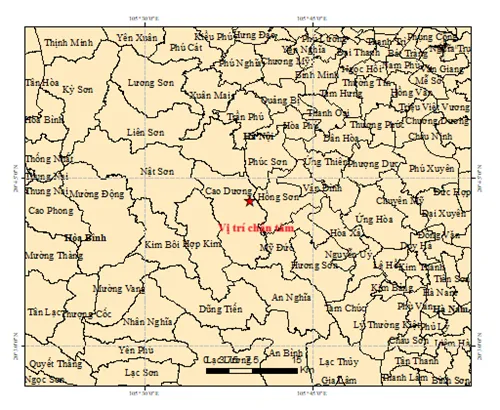




















Comment (0)